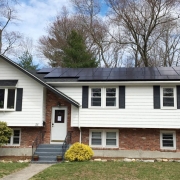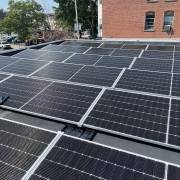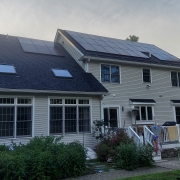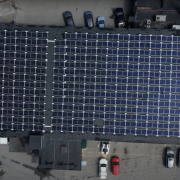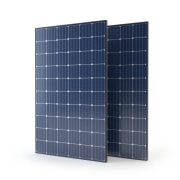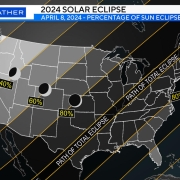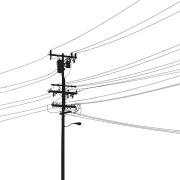Fall into Solar!
With the end of the year approaching, now is an ideal moment to invest in solar energy for your home. Here’s why fall is the right season to make the switch, especially in New England.
- The clock is ticking on various financial incentives available for solar energy. The federal solar investment tax credit (ITC) allows you to deduct 30% of the cost of your solar system from your federal taxes. While this incentive is set to decrease after 2023, taking action this fall means you can secure the maximum benefit before the year ends. Additionally, many states in New England offer their own incentives, grants, and rebates, which can further offset installation costs.
- Fall in New England boasts milder temperatures and less humidity than the summer months, creating ideal conditions for solar panel installation. With fewer weather-related delays, installers can work efficiently, ensuring that your system is up and running before winter sets in. Additionally, installing solar panels now means you’ll be ready to harness sunlight during the winter months, maximizing your energy savings.
- As the days grow shorter and temperatures drop, your energy bills may start to rise. Solar panels can help you combat those increasing costs by generating your own electricity. By installing your system this fall, you can start benefiting from reduced energy bills before the peak winter usage hits. With solar energy, you’ll be less reliant on the grid, leading to significant savings over time.
- Making the switch to solar energy is a sustainable choice that contributes to a greener planet. By going solar, you’re reducing your carbon footprint and promoting clean energy in your community. Fall is a great time to reflect on your environmental impact and take steps toward a more sustainable lifestyle. Every kilowatt-hour generated from your solar panels is a step away from fossil fuels and toward a cleaner future.
As the leaves turn and the air cools, don’t let the season pass without considering the benefits of going solar. With financial incentives on the table, ideal installation weather, and the chance to start saving on energy bills, fall is a prime time for New England homeowners to make the switch. Whether you’re looking to enhance your property’s value, reduce your carbon footprint, or secure your energy future, there’s no better time than now to embrace solar energy. Make this fall the season of change, and take a step toward a brighter, more sustainable future!

